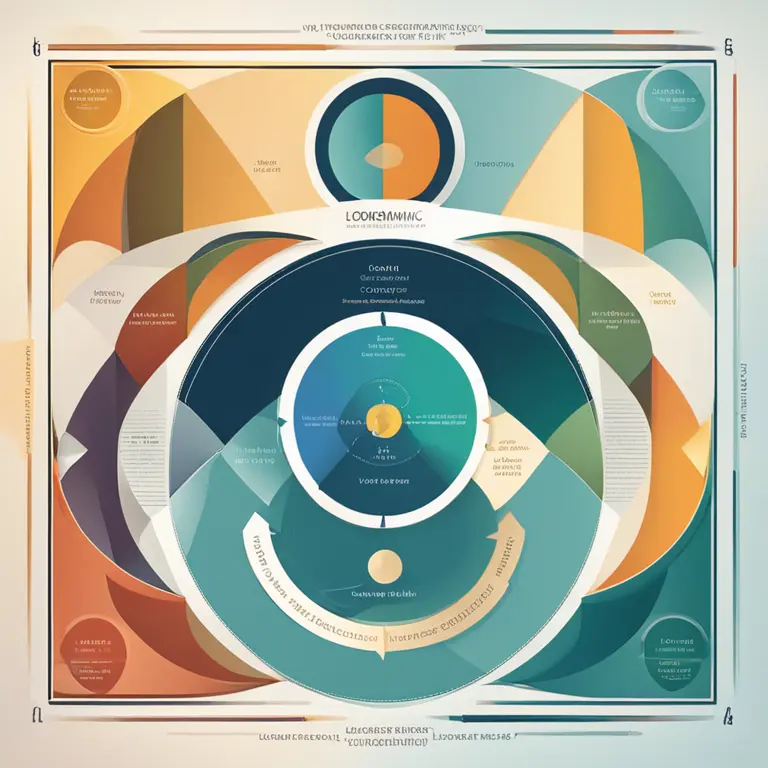
The Roles of Biorhythms in Personal Wellness
Discover the significance of biorhythms in health and behavior, how they function, and the effects they have on our daily lives.
article by Adrian Wallace
Introduction to Biorhythms
Biorhythms are believed to be biological cycles that affect various aspects of human life. The concept, which gained popularity in the 20th century, is rooted in the idea that our lives are influenced by natural rhythmic cycles. Proponents suggest that understanding these cycles can offer insights into the physical, emotional, and intellectual facets of well-being. This article delves into what biorhythms entail, their supposed effects, and how people utilize them in contemporary settings.

The Three Core Cycles
Biorhythmic theory typically outlines three primary cycles: the 23-day physical, the 28-day emotional, and the 33-day intellectual cycles. Each cycle is calculated from a person's birth and oscillates in a sine wave pattern, alternating between high and low phases. During high phases, individuals may experience heightened abilities in the related field, whereas low phases may bring challenges. A fourth, less commonly mentioned cycle, is the intuitive cycle, claimed to last for about 38 days.

Application in Daily Life
Adherents to biorhythm theory often use charts and calculators to plan and make decisions. For instance, athletes might schedule training and competitions during high physical cycles for peak performance. Similarly, scheduling important emotional or intellectual tasks can be aligned with respective high cycles in those areas. Although scientific support for biorhythms is limited, personal testimonials fuel the interest in and application of these cycles by those who believe in their insights.

Scientific Scrutiny and Views
While the concept of biorhythms is intriguing, it has faced significant scrutiny from the scientific community. Critics argue that there is minimal empirical evidence supporting the predictive power of biorhythms, and regard them as pseudoscience. Despite this, ongoing fascination with biorhythms persists, reflecting a broader human interest in patterns and predictions related to personal health and daily life.
Biorhythms and Technology
With the advent of advanced technologies, biorhythm applications in 2024 have become more sophisticated. Users can now find apps and online platforms that provide personalized biorhythm calculations, complete with detailed analytics and interactive charts. These technological advancements have democratized access to biorhythm information, allowing more people to explore and interpret their own cycles.
Biorhythms: A Personal Tool
Regardless of the debate about their scientific validity, biorhythms serve as a personal tool for some individuals, aiding in self-reflection and personal development. By monitoring their cycles, individuals may become more attuned to their body's patterns, which can lead to better self-management, a heightened sense of control, and improved decision-making, according to enthusiasts.
Conclusion
In summary, biorhythms present an intriguing concept that intertwines with various aspects of decision-making and daily life. Whether considered a scientific tool or a subject of personal belief, biorhythms continue to interest those fascinated by the potential synchronicity between biological rhythms and everyday experiences. Future discussions and research may shed more light on the relevance and application of biorhythms in an increasingly data-driven society.
Published: 1/30/2024
Modified: 1/30/2024
More predictions
Come back here soon to learn more about yourself and your future


Between Biorhythm & Compatibility: Sync Your Cycles
Discover how biorhythm compatibility can impact relationships and find harmony by syncing your physical, emotional, and intellectual cycles.


A Guide to Biorhythms Journey
Embark on a journey of self-discovery through the science of biorhythms to optimize your life's potential.


Unlocking The Biorhythms Guide
Delve into the fascinating world of biorhythms to learn how they influence your physical, emotional, and intellectual states, potentially shaping your daily life and decisions.